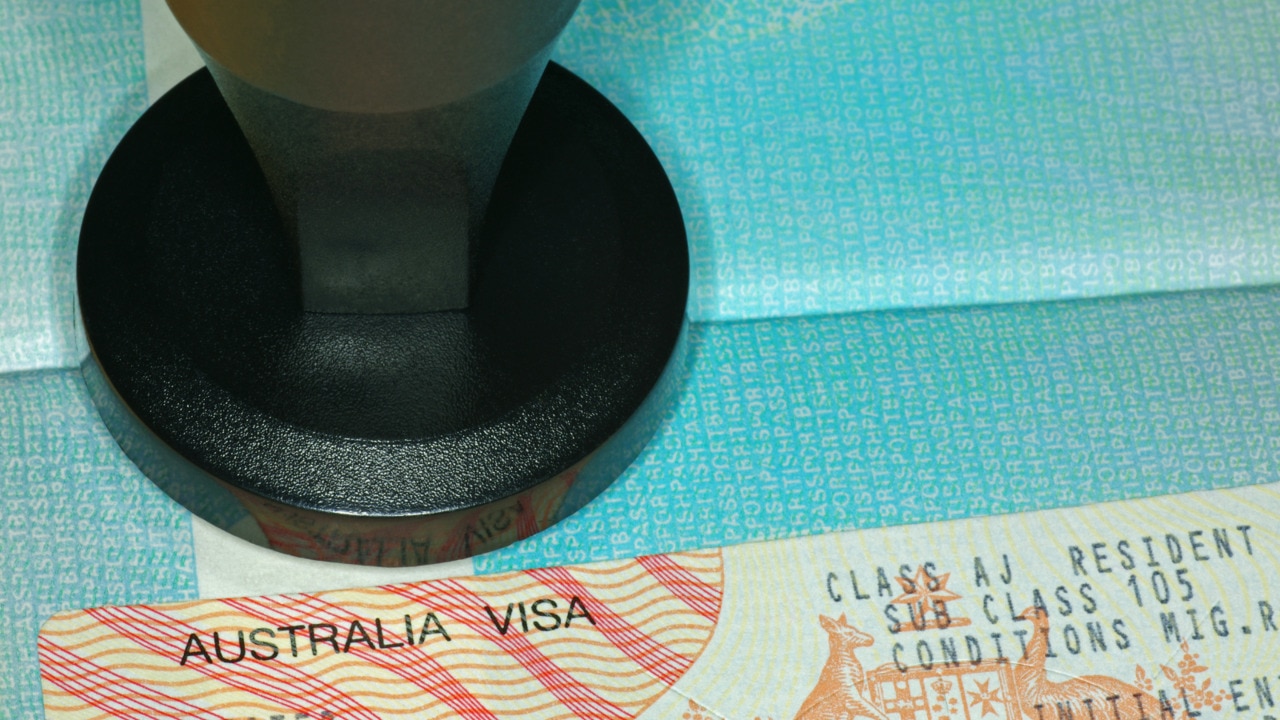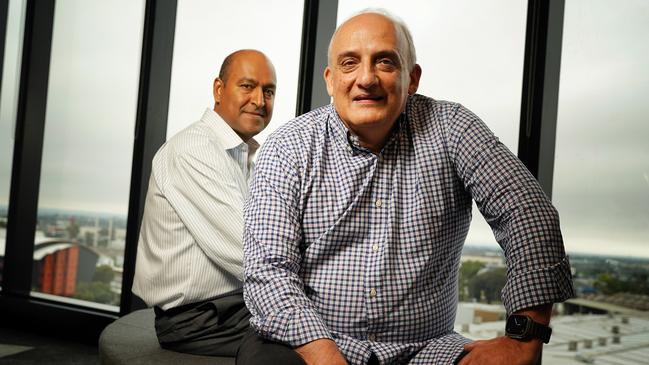
The competition watchdog will be giving some serious attention to Chemist Warehouse’s buying power for prescription-only drugs following its announced $8.8bn merger with rival Sigma Healthcare.
After details of the highly anticipated merger were announced on Monday, where Chemist Warehouse shareholders hold 85.75 per cent of the new entity and Sigma 14.25 per cent, creating a listed company with an $8.8bn equity value, industry experts predict that the Australian Competition & Consumer Commission may force Chemist Warehouse and Sigma to shed some of their pharmacies to reduce their buying power if they do not knock back the proposed tie-up all together.

The wholesale side of the business is expected to be less of an issue.
Generally speaking, across the industry, pharmacy wholesalers make a profit of about 1 per cent on prescription sales in what is a high volume but low margin business.
Sigma, which has franchised pharmacies operating under the Amcal brand but is involved also with the sale of wholesale drugs, says it expects about $60m in annual synergies with its Chemist Warehouse merger.
But most of that will be savings on warehouse distribution costs and the increased revenue it will secure from the Chemist Warehouse contract it won from rival EBOS earlier in the year, rather than gaining higher margins on the sale of drugs.
The pricing on the sale of drugs in the wholesale market is highly regulated, and industry experts believe that the pharmacy group will be scrupulous in ensuring that it does not hike prices on any of its wholesale products to rivals so that it does not gain any attention from regulators.
The front of shop sales, where pharmacists typically make their money, has plenty of competition in the non-prescription medicine-related area of the industry because Chemist Warehouse in this area competes not just with the Wesfarmers-owned rival Priceline but also supermarket giants Woolworths and Coles, which sell products that pharmacies sell such as make-up and toiletries.
However, pharmacy distribution becomes a problem, where the Chemist Warehouse-Sigma combo has better buying power than its rivals and can therefore afford to drop front of house prices, forcing its local competitors out of business.
Already the Australian Pharmacy Guild has signalled strong concerns about the impact of the tie-up on individual pharmacy operators and that it will try to block the deal from proceeding.
This is compounding recent industry changes where prescription medicines can be dispensed every 60 days not every 30 days, depriving a pharmacist of valuable dispensing fees it can charge.
Some interesting observations on the deal by industry experts are that the price appears to value Chemist Warehouse at about 13.6 times earnings before interest, tax, depreciation and amortisation.
Wesfarmers bought Priceline owner, pharmacy retailer and wholesaling heavyweight API, during the global pandemic in 2022 for about 10 times EBITDA.
Chemist Warehouse founders Jack Gance and Mario Verrrocchi were always going to want top dollar for their highly profitable business, and with the initial public offering market virtually shut for new listings, this was a better bet to achieve this right now.
The business has grown so big, its buyer universe has diminished.
While the founder’s shares, consisting of about 49 per cent of the merged business, are subject to escrow, the founders will be able to sell down over time.
Working on the Chemist Warehouse side of the deal is Rothschild & Co, which has spent years adjusting the structure of Chemist Warehouse to prepare it for a listing.
The group had worked around strict pharmacy rules that only allows a pharmacist to own 5 chemists per state.
This is by having friends and family members of the company owning stores and independent pharmacists the legal owners, despite not owning all the equity in the business, so it was able to become a business with more than 600 stores, about 500 of which are located in Australia.
Rothschild has been busy turning Chemist Warehouse into a full franchise business for its Australian pharmacies, where all the profitability flows to the top of the structure.
As earlier reported, Goldman Sachs was raising equity for Sigma ($400m) as part of an entitlement offer where shares are sold at 70c each, an 8.2 per cent discount to their last traded price of 76.25 as part of the transaction where Sigma pays Chemist Warehouse $700m cash plus Sigma scrip.
For the year to June 2022, Chemist Warehouse generated $3bn of sales and $385m of net profit or $412m of comprehensive income.




To join the conversation, please log in. Don't have an account? Register
Join the conversation, you are commenting as Logout